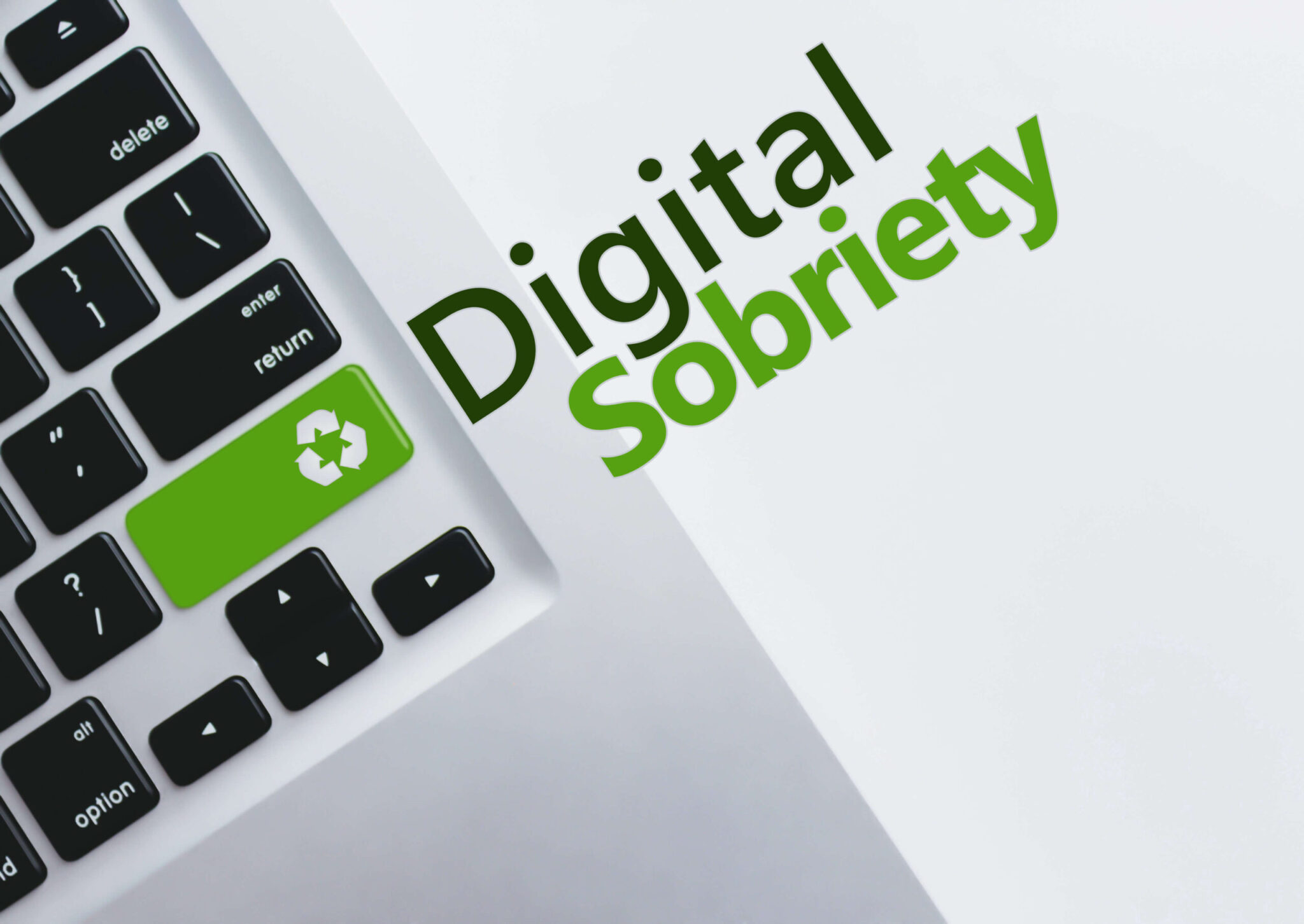
Digital sobriety
EverTeam-Rédacteur
17 December 2022
A little history…
EDM, ECM, Governance, Web 2.0, AI … In thirty years of history, the market for new technologies has had its share of eras, trends and issues, each with its own set of vocabulary and usages… Today, ecological concerns have invaded every aspect of our lives. It was therefore inevitable that new technologies and the environment would come together.
It is known as “digital sobriety”. But what exactly does that mean?
Is it new? Well, not really. It was the GreenIT association, created in 2004, that first mentioned “digital sobriety” in 2008. Here is its founder, Frédéric Bordage’s definition: “
“an approach that consists in designing leaner digital services and curbing everyday digital use “.
The issues
“Sending 20 emails a day for a year is the equivalent of a 1,000 mile car ride.”
According to The Shift Project, in 2018, the digital sector was responsible for 3.7% of global CO2 emissions and 3.8% of GHG (greenhouse gas) emissions. Without implementing a sobriety policy or raising collective awareness, this share could exceed 8% of GHG emissions in 2024. Digital sobriety is therefore primarily intended to reduce the ecological footprint of the digital sector.

Legend :
share of digital technology in the world’s greenhouse gas emissions.
2025: scenario without digital sobriety
2025: “digital sobriety” scenario
So it is a worthy goal and seems obvious given the ecological challenges we are currently facing. But in concrete terms, what are the real costs of digital technology? Is it so easy to estimate its carbon footprint? And, in parallel, what about its financial costs for the company?
The “cost of land”
Many factors need to be taken into account when calculating digital technology ‘s carbon footprint and GHG emissions. And some were omitted from previous calculations:
- The cost of water: between water cooling, the manufacture of coolants, the use of water in the manufacture of computer equipment, the cost and pollution of water are not insignificant and often absent from the equation.
- Exploitation of the seabed: many data centers have been moved to deep sea locations for a number of reasons (easier cooling and lower cost of land, in particular). However, the real impact on the marine ecosystem is unknown. Noise pollution and the destruction of fauna and flora are a new, real impact, which is often ignored.
- Exploitation of heavy materials: cobalt, lithium, rare earths, graphite…. Needs are exploding for the manufacture of our computers, smartphones and tablets. However, it is now common knowledge that their production, especially in Africa, destroys the soil in open-pit mines, where all ecological considerations are absent, and which favors exploitation of local poverty.
A complex market to analyze and anticipate
“70k allowed us to go to the moon in 1969. Today Gangnam Style’s 2.1 billion views cost the annual consumption of a small power plant”
Hardware is evolving at great speed. Processor speed, battery power, storage technologies… Some developments are beneficial for the carbon footprint. Flash memory has a better carbon footprint than the mechanical memory of our old hard drives, for example. On the other hand, LED screens consume much more than our good old cathode ray tubes (146 kW against 83 kW). What is the ratio of each of these elements? How fast will the market move towards all-flash for memory or all-LED in emerging countries?
In addition, new crypto-currencies are emerging, such as Chia in China, no longer based on computation time, but on storage space, PoST (proof of space and proof of time). What new crypto-currency is about to emerge? And what impact will it have on the carbon footprint and demand for a particular component?
Computer, smartphone, tablet, servers… The demand is constantly growing. However, it must be considered alongside these market developments, which can be negative or positive, and are difficult to anticipate and quantify.
What we can say for sure is that manufacturing user equipment is the most expensive, from both an energy and an environmental viewpoint. Here is the ranking of the most environmentally burdensome elements:
- Manufacture of user equipment
- Electricity consumption of this equipment
- Electricity consumption of the network
- Electricity consumption of data centers
- Manufacture of network equipment
- Manufacture of equipment hosted by computer centers (servers, etc.)
In 2025, GreenIT estimates that 62% of GHG emissions will be linked to our use of all these devices, 35% of which will be linked to their manufacture alone. Collective awareness is therefore necessary. The good news is that it has begun, as shown by a round table organized by Usbek & Rica:
For you, digital accountability means
- more sobriety in uses: 51
- reinforced and coercive standards: 24
- more innovation: 25%.
This is not Versailles! *
If calculating the carbon footprint and GHG emissions seems difficult, what about the energy cost? This is a much more prosaic issue, one that speaks to every company’s wallet, and one would think that it would be easier to calculate.
Unfortunately, once again, it is not that simple!
Certainly studies have been published on the subject… But the estimated cost of 1 GB per month varies from $0.26 to… $ 3.50! How can such a huge variation be explained?
Well, first of all, what electricity are we talking about? In France, to the delight of some, electricity is nuclear. Apart from renewable energies, it is the energy with the best carbon footprint. But we don’t take into account its waste, which we bury for… later. On the other hand, there is electricity from coal, of which the Chinese are the champion consumers. Coal alone produces 33% of the world’s GHG emissions. Problem: China, the world’s coal champion (and absent from the last COP…) is also a huge consumer of digital technology. The calculation of the environmental cost of digital technology will therefore be different in France and in China. And do we always know where the cloud servers we use are located? Do we know where the backups of the cloud servers we use are located?
Whatever we may think, we are only at the beginning of the digital revolution. What about India, for example, which shows great disparities between Bangalore and Hyderabad (the two centers of the digital services sector) and the rest of India, which is still largely under-equipped? Today, 60% of the world’s population is online (UNDP, 2021). Will emerging countries have a real environmental policy when digital use becomes widespread?
We could also talk about cultural changes, particularly to do with teleworking, which is becoming widespread in developed countries around service activities. According to Wikipower’s estimates, the additional energy consumption can be broken down as follows:
Workstation (8h/day, 20 days/month): 40 kWh/month
Lighting (3 LED bulbs): 3.2 kWh/month
Heating (+3°C in 10% of the house): 30 kWh/month
These costs have to be multiplied by the number of employees, whose costs are no longer aggregated at company level. Also multiplied are the production costs for mobile workstation equipment.
So far, so good…
While it is impossible to give precise figures, we can still give an estimate of the digital impact of each resource mentioned in this article (source: GreenIT & France Inter, 2019):


Legend:
Water consumption
digital 5.5%.
Other 94.5% of the total
Electricity consumption
0.2% Digital
Other 99.8% of the total
And if these numbers don’t mean much to you, consider that:
- The power consumption of digital technology is equivalent to 82 million electric radiators being on all the time.
- The GHG emissions of digital technology correspond to 116 million trips around the world by car.
- Water consumption corresponds to 3.6 billion showers
To hammer home the point, here are some figures provided by Céline Deluzarche for Futura in 2021:
- 1 newsletter = 10 grams of CO2
- Spam’s carbon footprint = annual emissions of 3.1 million cars
- 15 000 km = average distance covered by an email
- 281 billion = number of emails sent every day in the world
- 1 vacation photo of 1 Mo to 10 friends = 500 m with a car
- 1 google query = one 60 W light bulb turned on for 17 seconds
- Between 10 000 and 50 000 unread emails in an inbox
- Digital industry = 2% of global C02 emissions
So what do we do?
Marketers, put away your calculators. There will not be an ROI on digital sobriety anytime soon. However, we are all starting to understand what is at stake. What is at stake for the planet… and for the company’s wallet. So while it’s impossible to do any kind of math on digital sobriety, here’s what we can and should implement:
Reduce search times: According to the physicist Alex Wissner-Gross, two queries on Google would generate 14g of carbon emissions. Even if these figures are refuted by… Google itself, it is nevertheless an obvious fact: each request, to Google, SharePoint or even a company EDM, solicits the network, and generates an energy and environmental cost. AIM (Association Information et Management) estimates that the average time spent searching for paper or digital information without finding it is 7.5 hours per week. That’s one day per week per employee! Making information more accessible, improving the search process by enabling people to find what they are looking for more quickly, means improving the company’s carbon footprint and reducing energy and environmental costs.
Clean up the sources: A useless email, kept in the mailbox, generates 10g of CO2 per year on average. This figure increases tenfold if the mail server is in the cloud, or if it is duplicated for backup… A useless or duplicate document generates even more emissions depending on its weight. Reducing the volume stored therefore means improving the carbon footprint and the energy cost of the company’s sources. At the same time, this sanitization also makes it possible to optimize the search mentioned in the previous point, for an even more beneficial effect on search times.
Decommission applications: Philippe Roques, executive director of the Application Lifecycle Services service line at Capgemini has revealed that in France and the US, 50% of companies admit that almost half of their applications should be retired. The company which specializes in license management (or software asset management (SAM)) bases the following infographic on a survey of 149 companies representing 4.6 million users. The decommissioning of unnecessary applications represents a potential saving for companies of $247 (€220) per workstation. Optimizing information, but also the applications that manage it, obviously allows for significant savings on licensing costs, but above all, just like good governance, it optimizes search time.
Govern information: The European study “Databerg 2015” by Veritas Technologies LLC reveals that only 14% of the data stored would have a proven utility. “Dark data”, the data that escapes the control of the company, has multiple origins, in particular the multiplication of free clouds and users’ bad habits. It is therefore becoming obvious that digital sobriety requires better control of stored information: management of record types, application of an “in place” document life cycle to automatically delete obsolete documents, etc. Good governance has added value for digital sobriety: it allows only useful information to be stored and search times to be optimized.
Faced with this observation, companies are organizing themselves and considering strategies for governing their information capital. As the consulting firm Serda points out, these information governance programs start with the definition of an internal decision-making committee and go through multiple stages that engage the company in a process of evaluation, sorting and reappropriation of existing information. These initiatives pave the way for new generations of information management software designed to facilitate analysis, remediation, search and management of the information life cycle. Everteam is fully committed to this approach. If you would like to know more, please contact us for more information!


